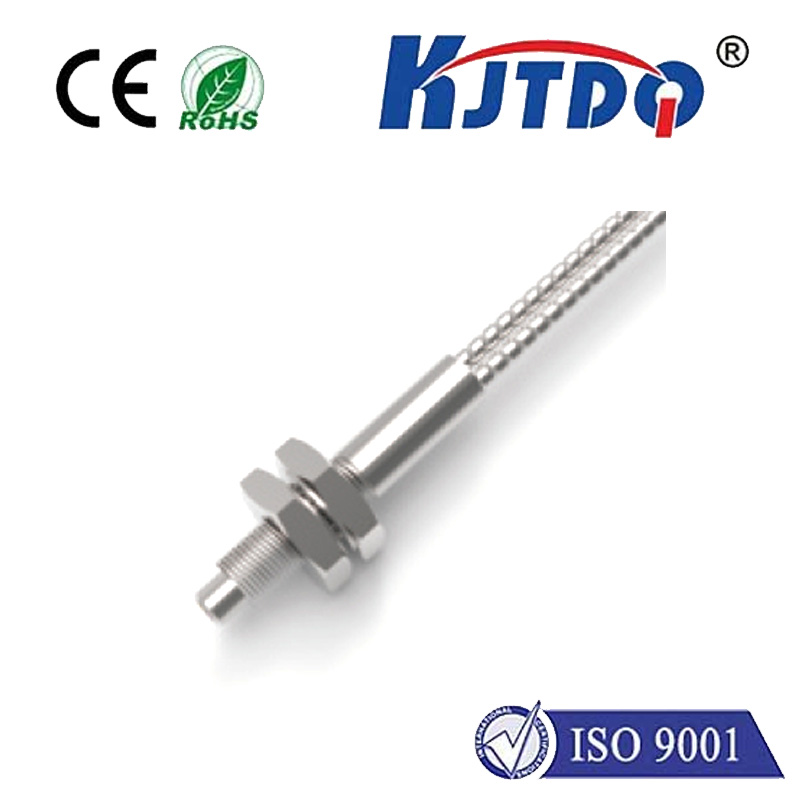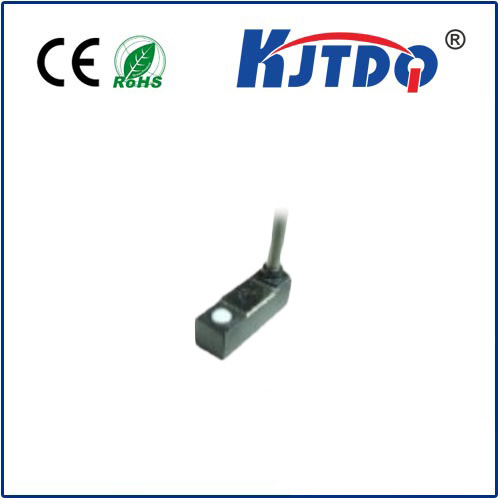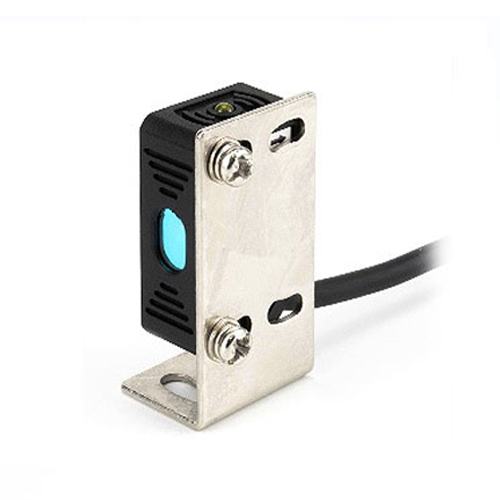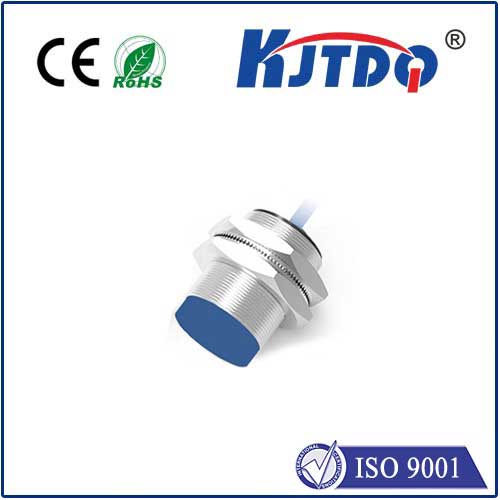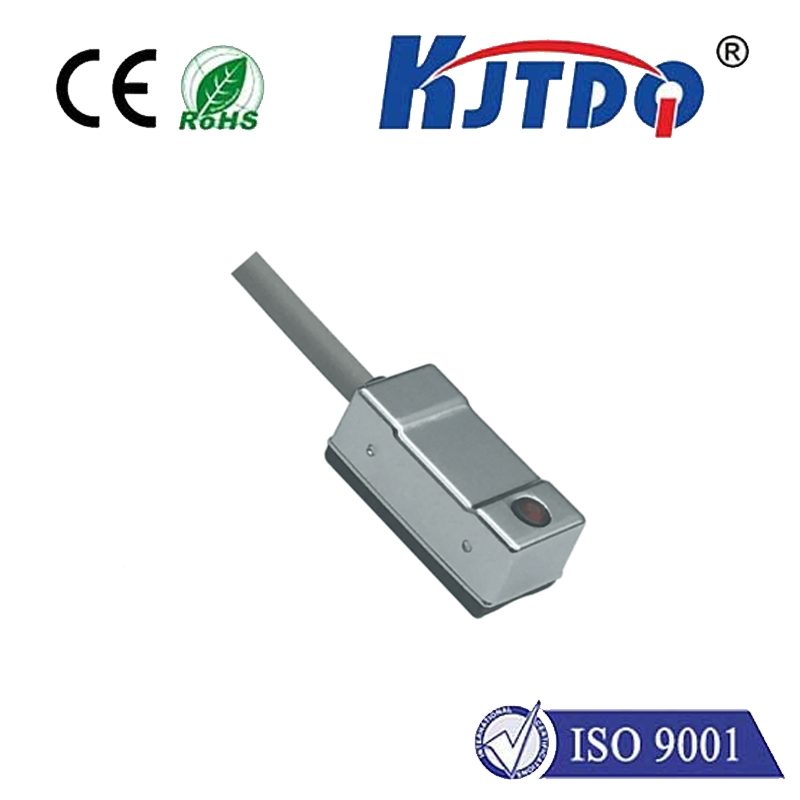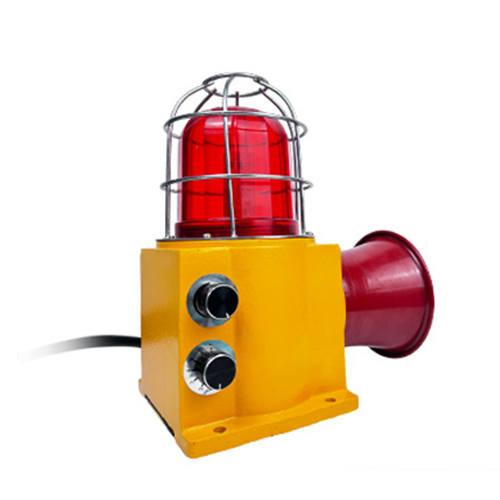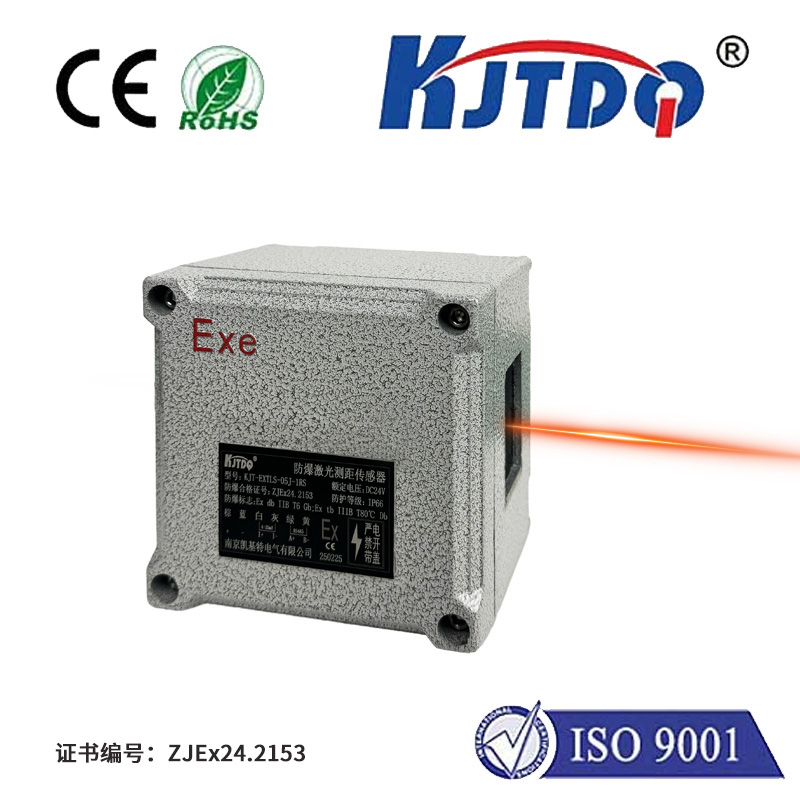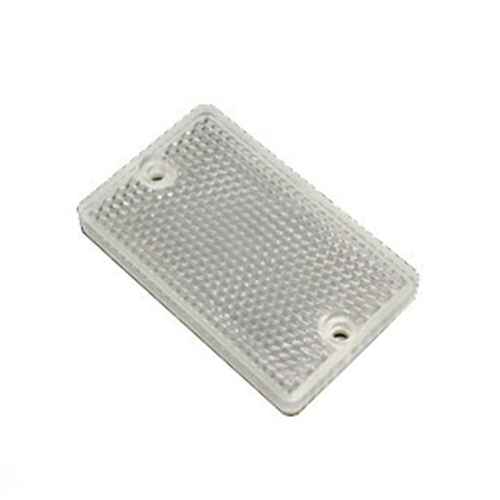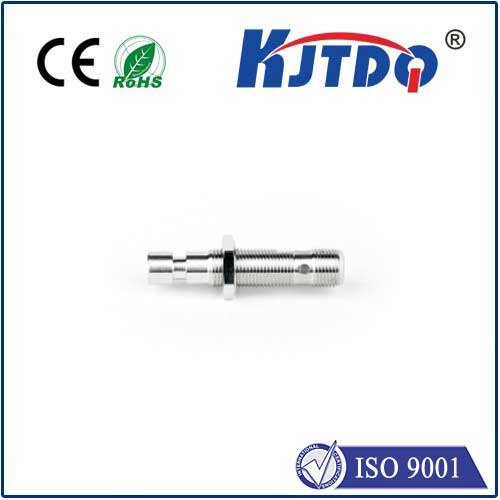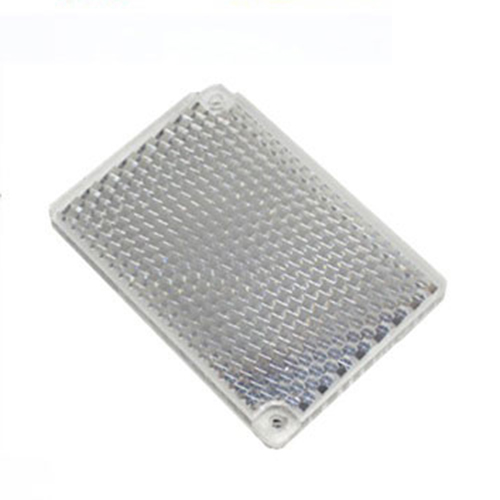

check

check

check

check

check

check

check

check

check

check
Title: The Versatile Laser Temperature Gauge: Enhancing Precision and Efficiency in Temperature Measurement
Laser technology has revolutionized numerous industries, from healthcare to manufacturing. One such application that stands out for its precision and efficiency is the laser temperature gauge. In this article, we will explore how this innovative tool enhances temperature measurements across various sectors.
The laser temperature gauge employs a non-contact method of temperature measurement using an infrared sensor. This technique involves directing a laser beam at the target surface and measuring the amount of infrared energy reflected back to the sensor. By analyzing this data, the device can accurately determine the temperature of the object being measured without making any physical contact.
One of the primary advantages of using a laser temperature gauge is its ability to provide rapid measurements with high precision. Unlike traditional thermometers that require direct contact with the object being measured, a laser temperature gauge offers real-time readings within milliseconds. Moreover, it eliminates potential human errors associated with manual measurements, ensuring consistent results every time.

The non-contact nature of the laser temperature gauge also makes it suitable for harsh or hazardous environments where conventional methods may not be feasible. For instance, measuring temperatures in high radiation areas or on moving surfaces presents challenges for standard thermometers but can easily be accomplished by a laser temperature gauge.
Another significant benefit of utilizing a laser temperature gauge is its versatility across different applications. From monitoring food quality control in manufacturing processes to detecting overheating issues in machinery, the laser temperature gauge serves as an essential tool for maintaining optimal operational conditions. It finds widespread use in industries such as automotive, metallurgy, plastics, and chemicals due to its ability to provide accurate temperature readings under various conditions.
In addition to its practicality, the laser temperature gauge contributes to enhancing safety protocols in industrial settings. By enabling remote temperature monitoring, it reduces the need for personnel to come into close proximity with potentially dangerous machinery or materials, minimizing health risks and increasing overall workplace safety.
The integration of advanced features further elevates the functionality of laser temperature gauges. Many models now include features like adjustable emissivity settings, allowing users to customize their measurements based on specific materials or surface types. Additionally, some devices offer wireless connectivity options, enabling easy data logging and integration with other systems for comprehensive analysis and process optimization.
Furthermore, advancements in software development have made it possible to integrate laser temperature gauges into smart maintenance programs. These programs utilize predictive analytics to identify trends or anomalies in temperature patterns, which can indicate potential equipment failure before it occurs, facilitating proactive maintenance strategies.
Despite its many benefits, it is crucial to consider certain factors when implementing a laser temperature gauge. Factors such as the distance between the sensor and target surface, angle of incidence, and environmental conditions can affect measurement accuracy. Therefore, proper calibration and adherence to best practices are essential for reliable results.
In conclusion, the laser temperature gauge represents a significant advancement in temperature measurement technology. Its non-contact approach not only provides unparalleled speed and precision but also offers enhanced safety benefits and applicability across diverse industries. As technology continues to progress, we can expect even more sophisticated versions of this versatile tool to emerge, further revolutionizing how we measure and manage temperature in modern processes.
